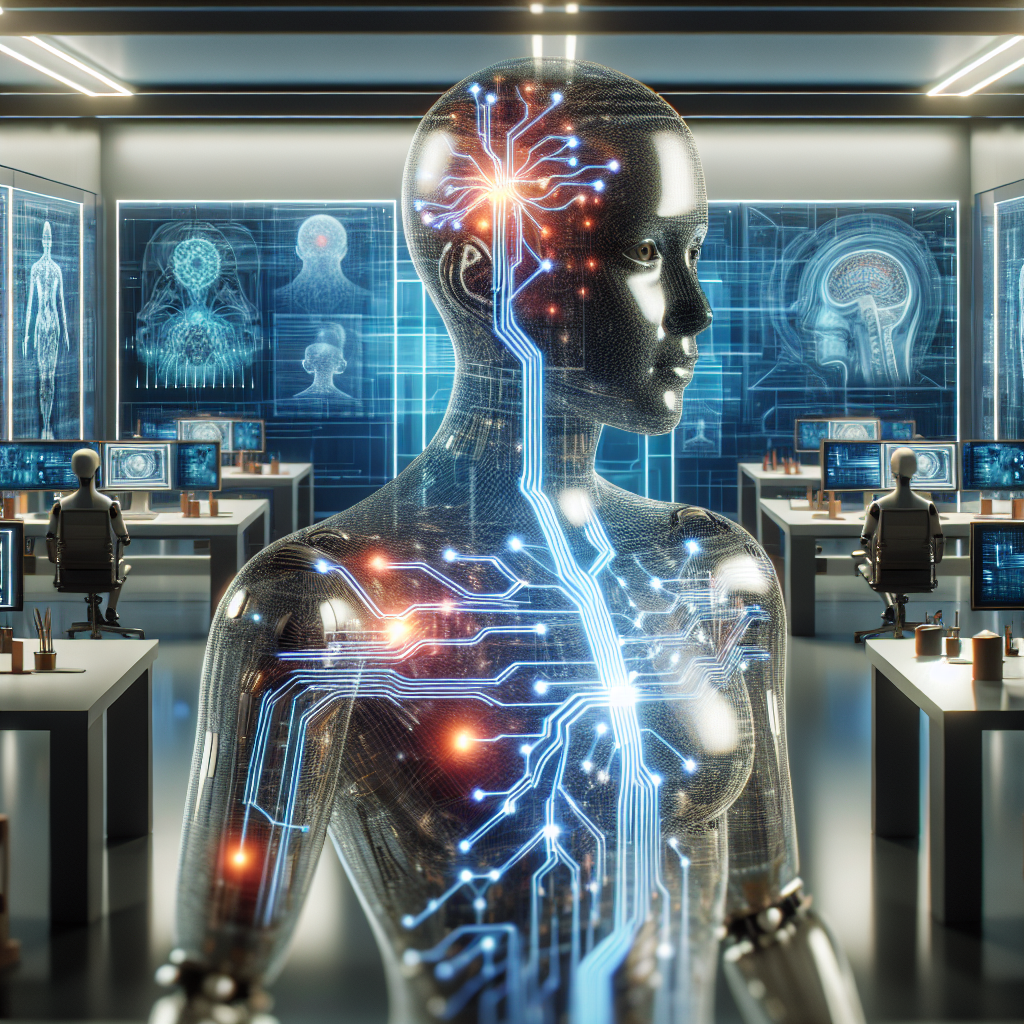Transformer²: Self-Adaptive LLMs – sakana.ai
In recent years, the landscape of natural language processing (NLP) has dramatically transformed, giving rise to sophisticated models capable of understanding and generating human-like text. Among these advancements, the introduction of self-adaptive large language models (LLMs) has emerged as a groundbreaking innovation. One such model is the Transformer² by sakana.ai, which not only enhances the capabilities of traditional models but also addresses some of their inherent limitations.
The Evolution of Transformer Models
The original Transformer architecture, proposed by Vaswani et al. in 2017, revolutionized NLP by allowing models to handle context more effectively through mechanisms like self-attention. However, as the field progressed, researchers identified the need for models to adapt to specific tasks and user preferences dynamically. This led to the development of self-adaptive LLMs, which take the foundational principles of the Transformer architecture and innovate upon them.
What Are Self-Adaptive LLMs?
Self-adaptive LLMs are designed to adjust their behavior based on the input they receive, learning continuously from interactions. This adaptability allows them to become more effective over time, tailoring their outputs to meet user needs more precisely. Unlike traditional models, which are often static after training, self-adaptive models can refine their responses based on real-time feedback and contextual prompts.
Key Features of Transformer²
Sakana.ai’s Transformer² incorporates several key features that set it apart from its predecessors:
Dynamic Contextual Understanding
One of the standout features of Transformer² is its ability to understand context dynamically. This means that the model doesn’t just rely on a fixed dataset; it can take into account the user’s specific input and adapt its understanding accordingly. This results in more accurate and relevant responses, making it a valuable tool in various applications, from customer service to content generation.
Enhanced Learning Algorithms
Transformer² employs advanced learning algorithms that enable it to process information more efficiently. By utilizing techniques such as reinforcement learning from human feedback (RLHF), the model can understand which responses are more appreciated by users and adjust its outputs accordingly. This feature not only enhances user satisfaction but also improves the overall quality of generated content.
Multi-Tasking Capabilities
In a world where multitasking is a norm, Transformer² embraces this reality by being capable of handling multiple tasks at once. Whether it’s translating languages, summarizing large amounts of text, or generating creative content, self-adaptive LLMs can switch between tasks seamlessly. This versatility is particularly beneficial in environments where speed and efficiency are paramount.
Applications of Transformer²
The potential applications of Transformer² are vast and varied. Industries across the board are beginning to explore how self-adaptive LLMs can enhance their operations.
Customer Support Automation
In customer support, the need for quick, accurate responses is critical. Transformer² can be employed to automate responses to common queries, learning from past interactions to improve future responses. This not only saves time for human agents but also enhances the user experience by providing immediate assistance.
Content Creation and Curation
Content creators can leverage Transformer² to generate ideas, outlines, and even full articles. The model’s adaptability allows it to understand the tone and style that a creator prefers, ensuring that the output aligns with the creator’s voice. Moreover, it can curate content by summarizing articles, identifying trends, and suggesting relevant topics.
Education and Personalized Learning
In the educational sector, Transformer² can be used to create personalized learning experiences. By adapting content to meet individual student needs, the model can provide tailored resources, quizzes, and study materials. This personalization can enhance student engagement and improve learning outcomes.
Challenges and Considerations
While the benefits of Transformer² are apparent, there are also challenges and considerations associated with the implementation of self-adaptive LLMs.
Ethical Implications
As with any advanced technology, ethical implications must be considered. The ability of Transformer² to learn from user interactions raises questions about data privacy, consent, and the potential for misuse. Developers and organizations must establish guidelines and safeguards to ensure that the model is used responsibly.
Resource Intensity
Another challenge is the resource intensity of deploying self-adaptive LLMs. Training and fine-tuning such models require significant computational power and data, which may not be accessible to all organizations. This could lead to a disparity in the ability to leverage advanced NLP technologies across different sectors.
Continual Learning and Bias Mitigation
Lastly, while self-adaptive LLMs can learn from interactions, they must also be monitored to mitigate biases. Continuous learning can inadvertently reinforce existing biases present in the training data. Therefore, developers need to implement mechanisms that ensure fairness and inclusivity in the model’s outputs.
The Future of Self-Adaptive LLMs
As we look ahead, the future of self-adaptive LLMs like Transformer² is promising. With ongoing advancements in AI research, we can expect to see even more refined models that can understand context, nuance, and user preferences at an unprecedented level.
The integration of self-adaptive LLMs into various industries will likely lead to more efficient workflows, enhanced user experiences, and innovative applications that we are only beginning to explore. As these technologies continue to evolve, it will be essential for stakeholders to focus on responsible development and deployment to harness their full potential.
Conclusion
In summary, Transformer² represents a significant leap in the development of self-adaptive LLMs. By combining the power of the original Transformer architecture with dynamic learning and adaptability, sakana.ai has created a model that is not only powerful but also versatile across various applications. As organizations continue to explore the potential of these models, the future of human-computer interaction appears to be bright, paving the way for enhanced communication and productivity.



